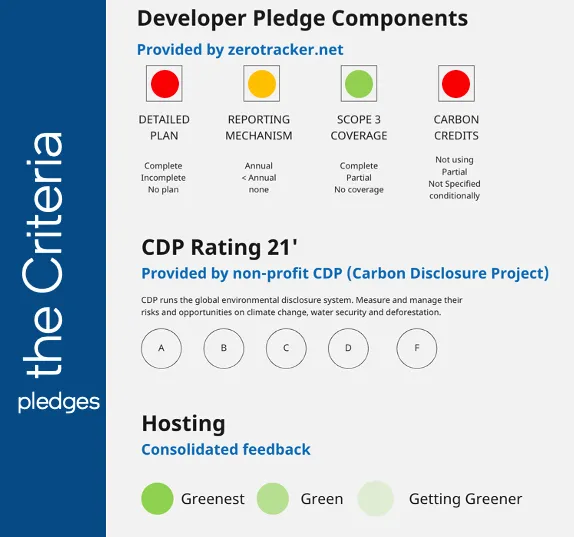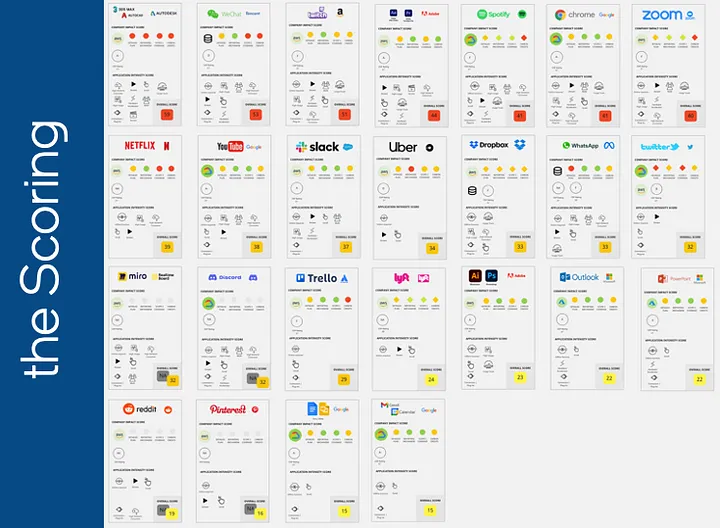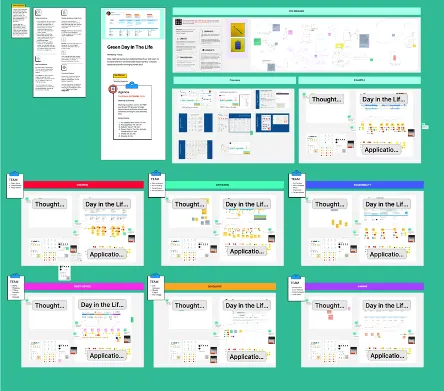


Impact & Results
By applying UX methods to analyze and depict the environmental impact of digital products, the workshop aimed to enhance awareness among designers and developers. The goal was to foster more sustainable practices within the tech industry, leading to a reduced environmental footprint of digital products. Educating both internally at Intel and externally at the Elisava Barcelona School of Design, and led to a published article in Bootcamp on Medium, Applying UX methods to uncover and depict the environmental impact of digital products.
Problem Statement
Digital products significantly impact the environment, yet their effects are often underestimated or overlooked. Traditional UX methods have not been adapted to integrate awareness of these impacts into the design process, creating a gap in evaluating and visualizing the environmental footprint of digital products. There is a pressing need for tools and methods that empower designers to address environmental sustainability within UX design, bringing the often-neglected impacts of digital products into focus.
Process & Approach
Applying UX methods such as journey mapping, impact assessments, and creating an interactive Figma activity the workshop engaged participants in mapping out the energy impacts and costs of users' consumption of digital products.
Tools & Methods
Excel
Miro
PowerPoint
Figjam
Excel for data collection
Miro for visuals and card creation
Presentations
Interactive activity conducted in FigJam